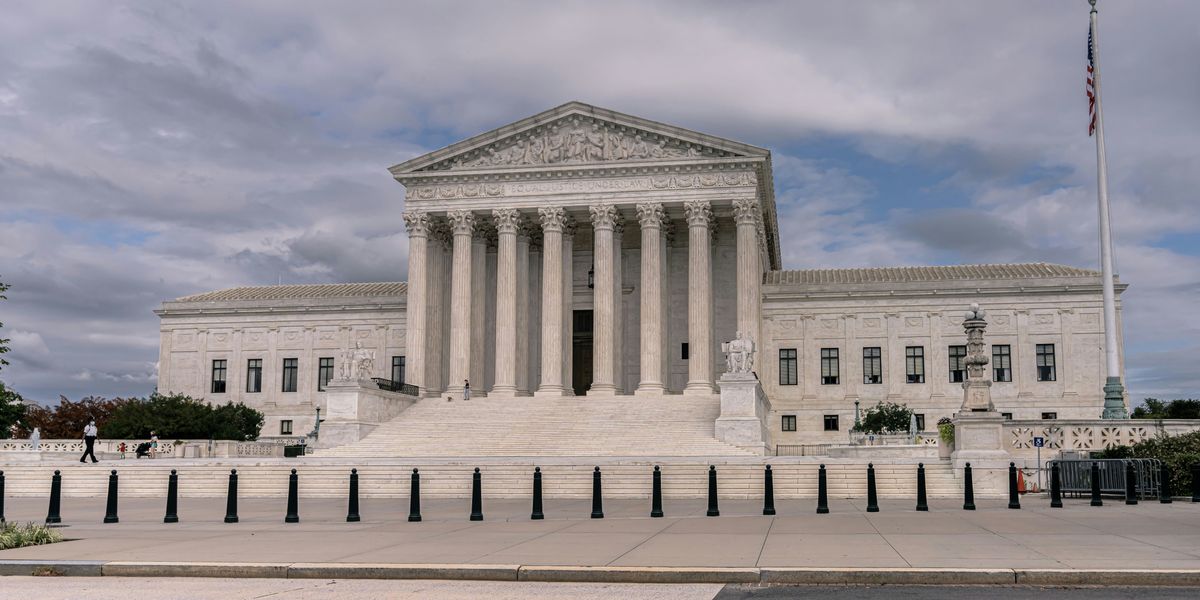endangered species act
Biden boosts wildlife protection efforts previously dialed back
The Biden administration has reinstated protections for at-risk animals and plants, a pivot from previous policies.
In short:
- The administration's finalized rules enhance the Endangered Species Act, allowing for more robust protection of species threatened by climate change and other factors.
- The rules prohibit economic considerations from influencing decisions on species protection, addressing a key concern among environmentalists.
- Critics, particularly from industry and Republican ranks, argue that these protections could hamper economic activities and are gearing up for legal challenges.
Key quote:
"As species face new and daunting challenges, including climate change, degraded and fragmented habitat, invasive species, and wildlife disease, the Endangered Species Act is more important than ever to conserve and recover imperiled species now and for generations to come.”
— Martha Williams, director of the U.S. Fish and Wildlife Service.
Why this matters:
The process of listing a species as endangered or threatened under the ESA involves scientific assessment of its status and threats. However, politics can significantly influence this process and the implementation of protections. Case in point: in 2018, lawmakers wanted the EPA to ignore impacts of pesticides on endangered species.
As the Endangered Species Act turns 50, those who first enforced it reflect on its mixed legacy
Some U.S. wolverines to be protected by Endangered Species Act
'Time to roll up our sleeves': Congress' long to-do list
Climate change challenges the Endangered Species Act and 'toy' deer
Endangered Species Act to be strengthened
The Biden administration on Wednesday moved to make it easier to protect wildlife from climate disruption and other threats, restoring protections to the Endangered Species Act that President Donald J. Trump had removed.



















